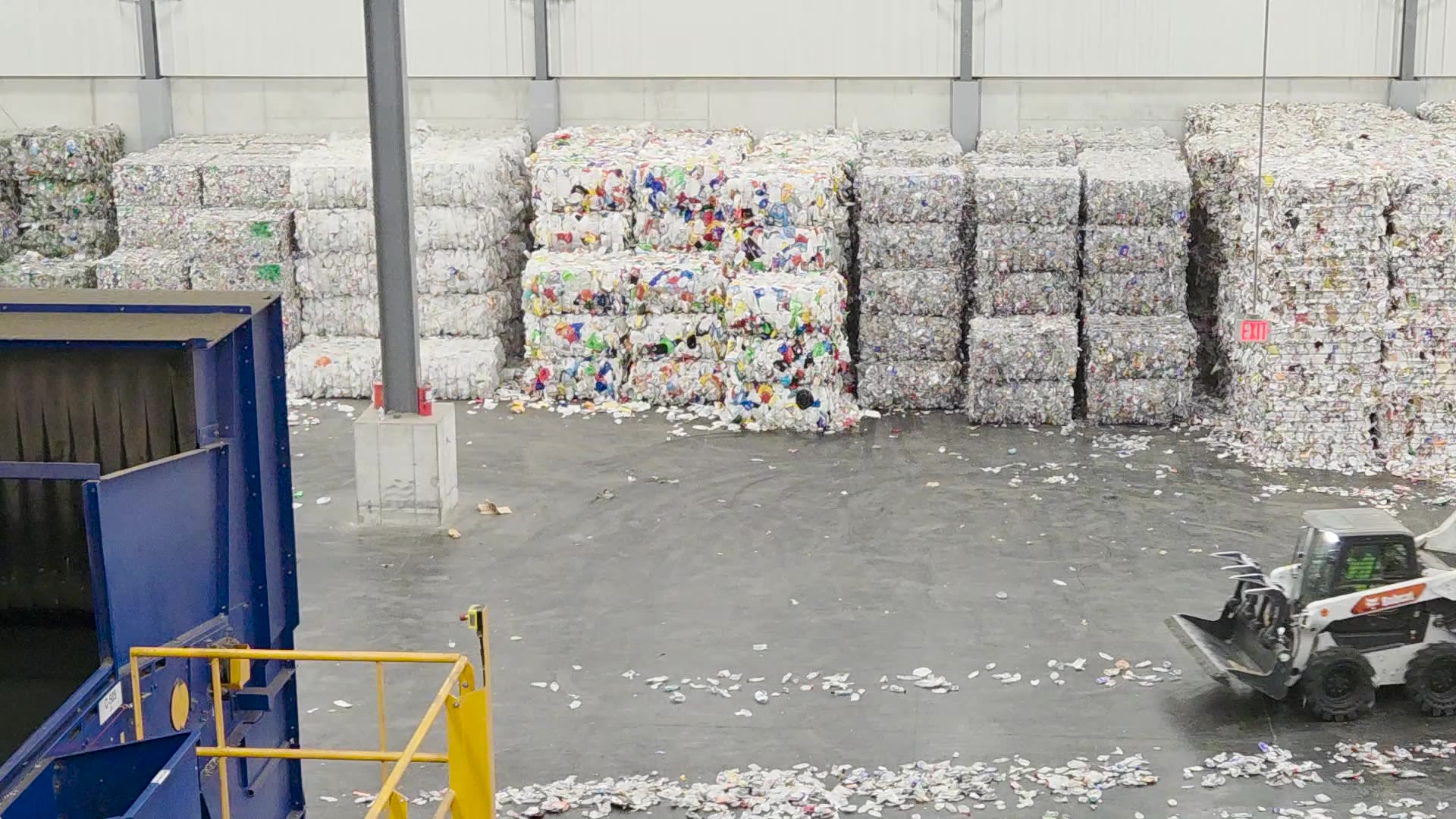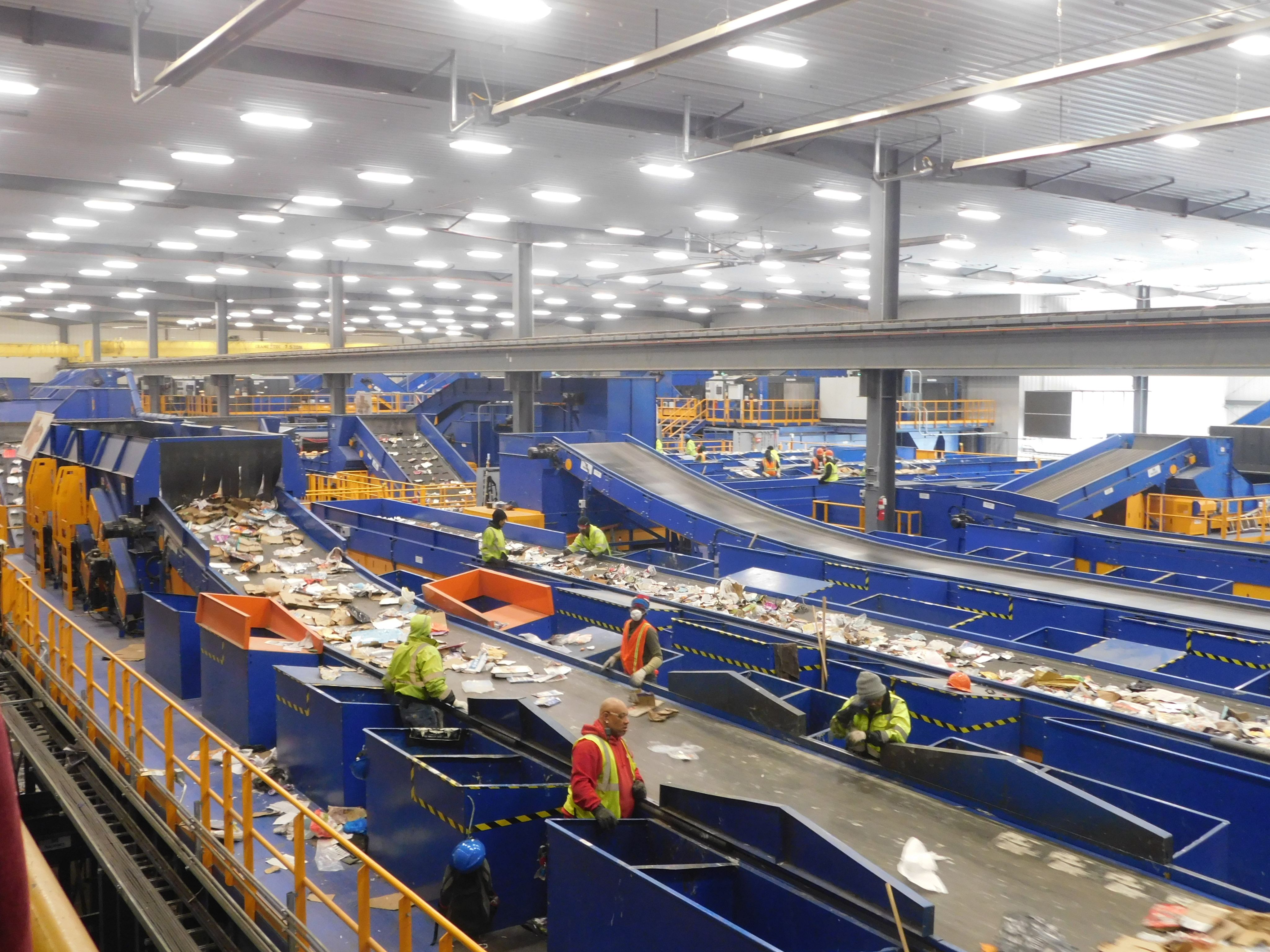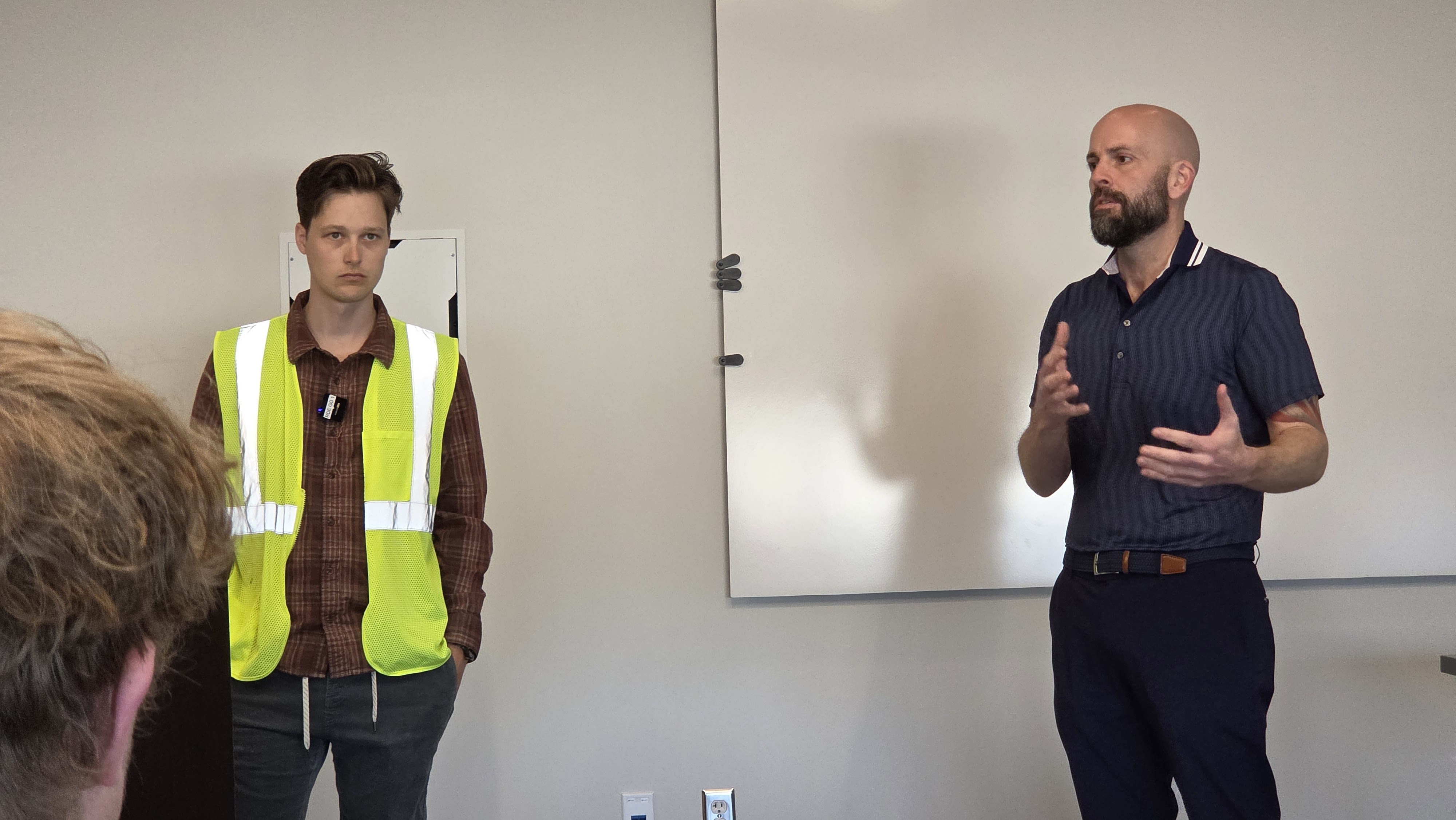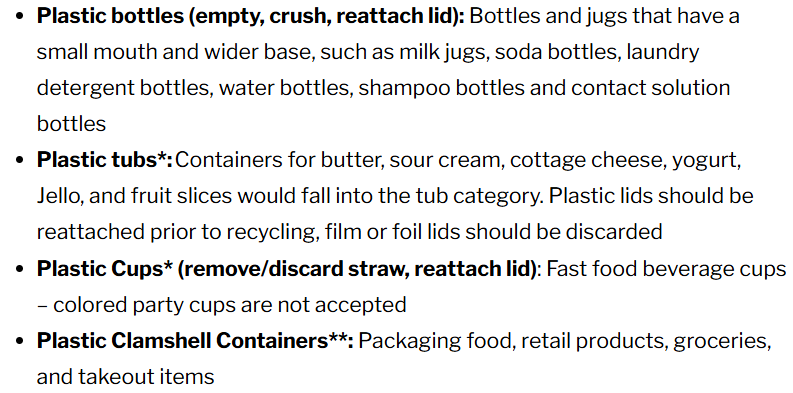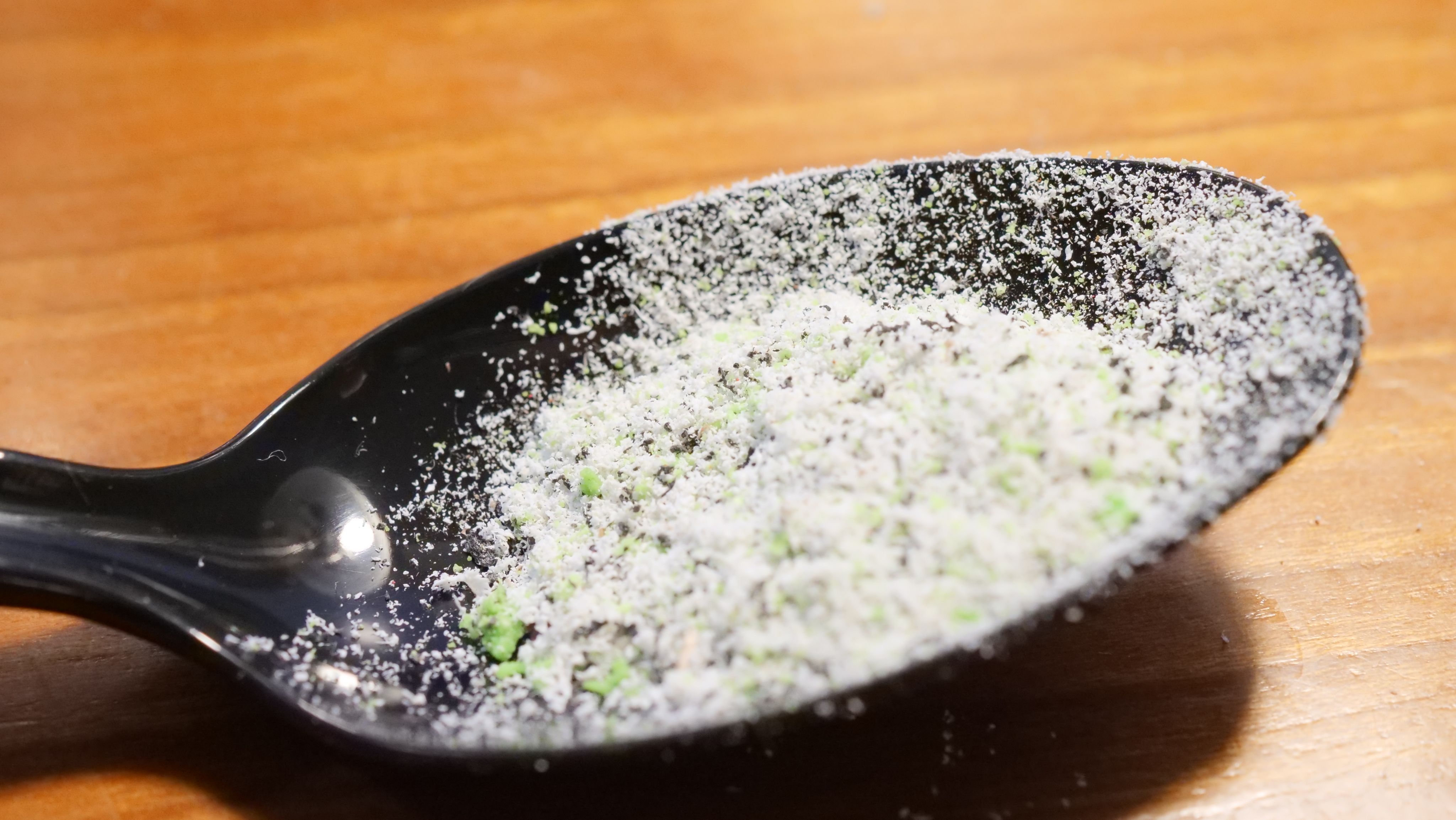Can Plastic Be Recycled?
Yes. But it's complicated.
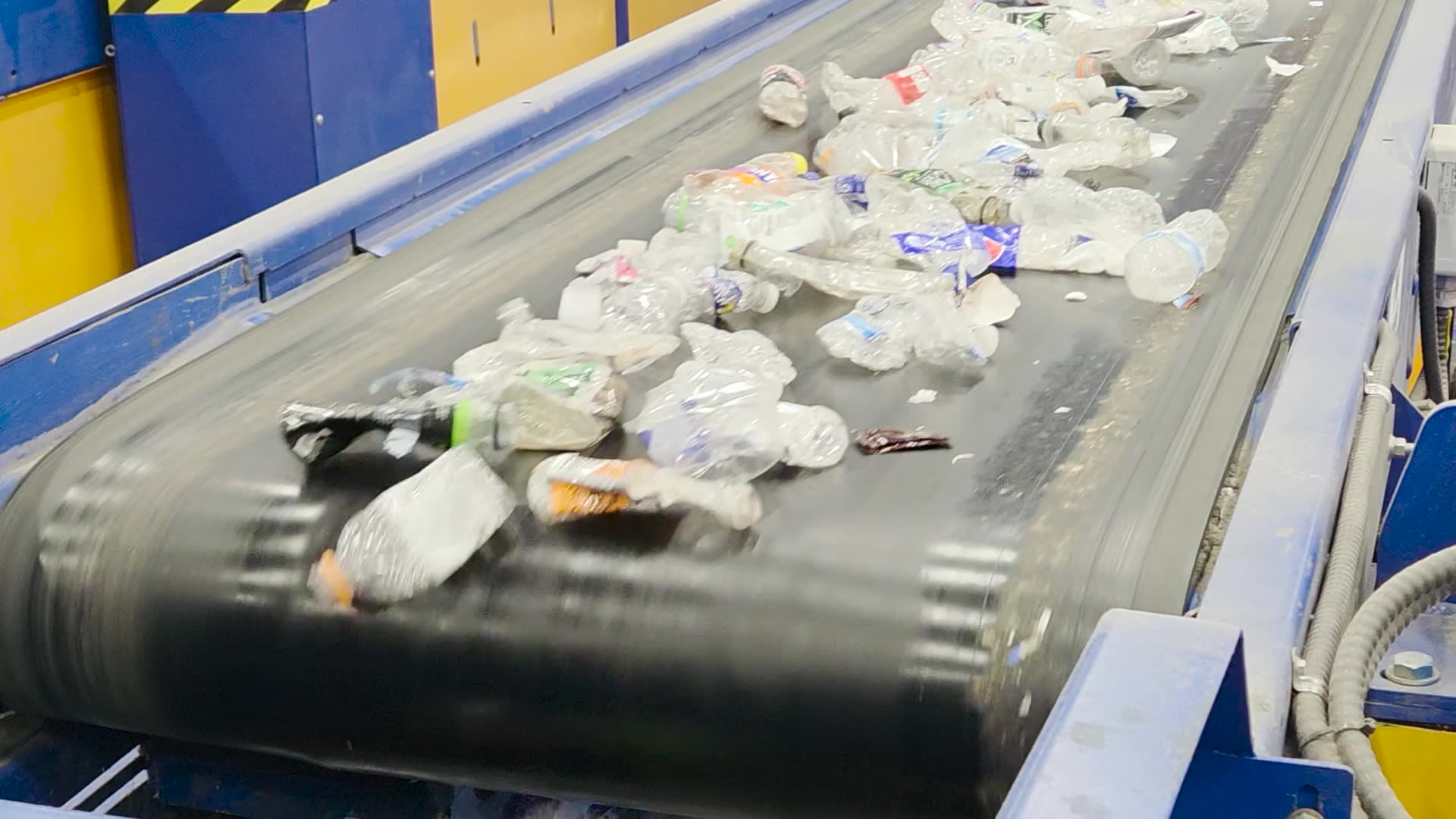
We stand on a catwalk above an interweaving network of conveyer belts.
We already passed the first station, workers hand-picking out things like plastic shopping bags and large sheets of plastic, large chunks of metal, even dead animals off the line. These will be sent to a landfill.
We passed an optics array which fired air jets that separated brown fiber and paper from the waste stream. These went down separate lines to be collected and bundled.
Now, Logan Miller, the regional recycling manager at Rumpke, is pointing down.
“So at this point in the process," he says loudly, above the noise from below, "we've gotten rid of all of the glass, all of the cardboard, and all we're left with is containers.”
We watch cans and bottles, a lot of it plastic, continue down the line.
This is Rumpke's state of the art recycling facility in Columbus.
The Rumpke Recycling Center in Columbus, Ohio. Photo by Katie Nader.
The Rumpke Recycling Center in Columbus, Ohio. Photo by Katie Nader.
We’ve come here — the whole Reporting Project team — to get an answer to this question: Can plastic be recycled?
Through the 2000s, it was accepted orthodoxy that plastic could be recycled. At least the number 1 and 2 types.
By the late 2010s, however, news reports told us that the bulk of this material, which had been getting shipped to China and other Asian countries, was no longer welcomed there. We saw images of huge amounts of plastic backing up at our ports. We heard it was all being buried now.
And then came reports that plastic never really was recyclable. That it was all just a con by Big Petroleum.
I put this short history to Rob Kurtz, recycling marketing specialist at Rumpke.
“If plastic wasn’t recyclable, I wouldn’t have a job,” he said.
So our whole reporting team is here to see for ourselves.
Miller tells us that this 226,000-square-foot facility is the most advanced recycling plant in North America. The “Bentley of recycling facilities,” he says. It features educational components, like the catwalk we peer down from, a lecture hall where we began and ended our tour and an interactive display room co-created by COSI (the Center of Science and Industry).
The basics of recycling, Miller said, are that the material must be able to move safely through the plant and it must have an end user — or a buyer who plans to use the recycled material. Aluminum, metal cans, glass, paper — these are all products well integrated into the economy.
“This is a hot topic,” he said. “But when it comes to plastics, we're only recycling bottles, jugs, tubs, like yogurt tubs and cottage cheese, and lids.”
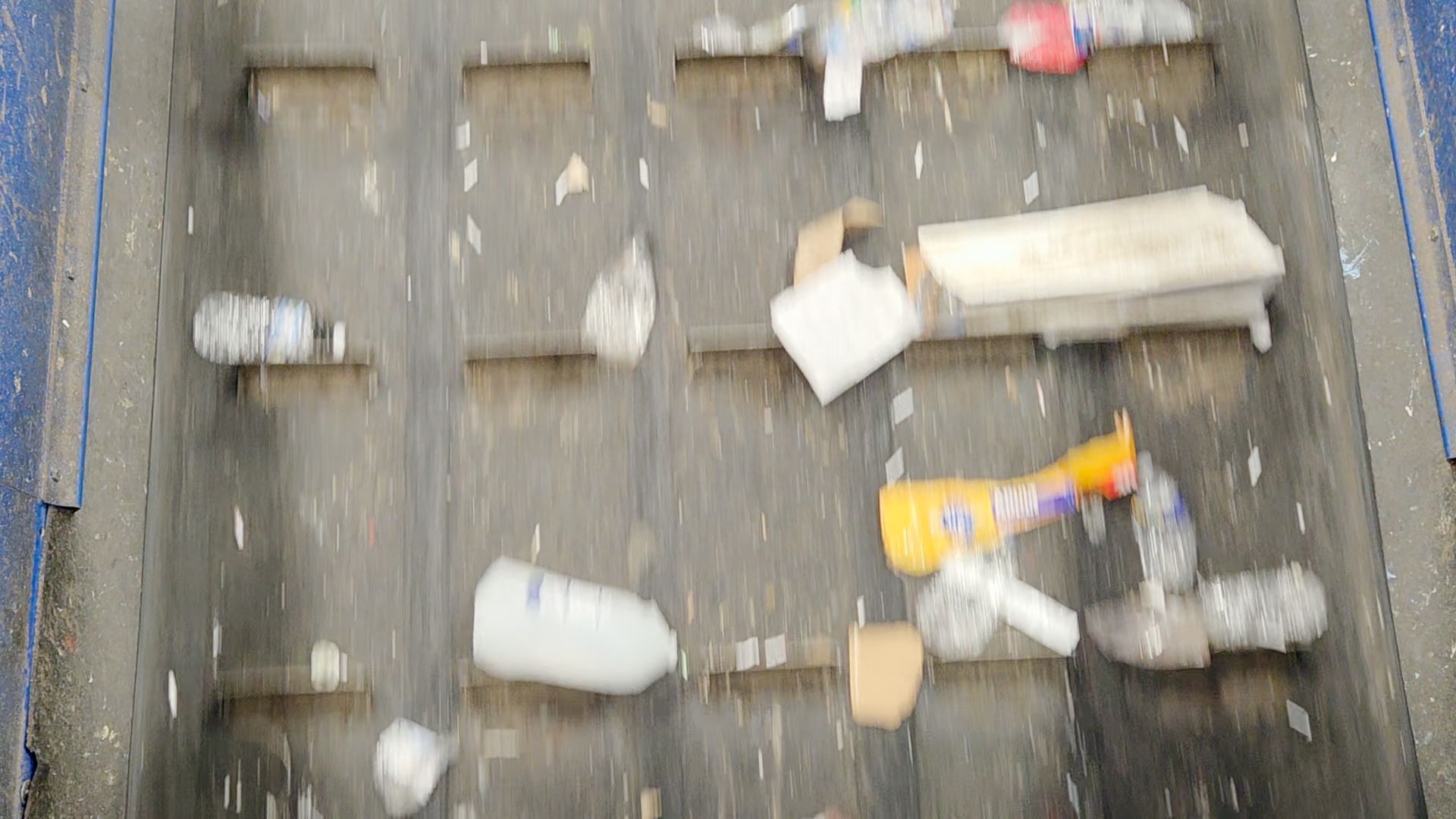
Miller also mentioned water bottles, "another topic all together," he said. “I hate bottled water. Hate it.”
Rumpke does recycle the plastic from bottled water.
Kurtz is more optimistic about plastic. He’s excited about the recycling program at the plant, and the end users of their products. When The Reporting Project first contacted him via Zoom to arrange the tour, Kurtz was chugging water from a plastic bottle. The two acknowledge they have spirited conversations on the topic of plastic.
Logan Miller, left, regional recycling manager, and Rob Kurtz, recycling marketing specialist. Photo by Doug Swift.
Logan Miller, left, regional recycling manager, and Rob Kurtz, recycling marketing specialist. Photo by Doug Swift.
The Reporting Project tested Rumpke’s recycling of plastic by putting tracking devices in plastic bottles, and dropping them in recycling bins.
For example, we tracked a bottle from a Newark collection center. It travelled to the Columbus Recycling facility, and then to Phoenix Technologies in Bowling Green.
Phoenix pelletizes clear PET — like clear water bottles, then sells the material to companies like Coke or Pepsi, or uses it to create new bottles themselves, according to its website and Miller.
Kurtz supplied TRP with a list of 7 end users of plastic that Rumpke sells to. He said he has visited these companies and trusts they will reuse the material appropriately.
Following are the plastics Rumpke accepts for recycling, as listed on their website:
About 1.6% of the recycled material from Rumpke Columbus goes to chemical recycling, according to Miller, and that’s because they trust the company and its process. These products include the clamshell containers used for berries. The company is KW Plastics.
Miller recalls a workshop he and Kurtz recently attended where a chemical recycling presenter put a pie chart on the screen.
“It was like, the consumables that mechanical recycling is going after, the water bottles, detergent bottles, polypropylene. That's like 4% of all plastic made, and there's this 96% of other plastic that consumers are not worried about. It's like, hey, this is the reason we are capturing so little is because we're looking at this [little] slice of the pie. Well, the pie is this big. No one's even talking about it.That's the plastic that's going into appliances, into the stuff that's. . . .”
"In clothing,” Kurtz pitched in.
"Clothing, your clothes, the textile industry," Miller said. "Because the end of life, the life cycle of those products is long. They're not designed to be recycled.”
The point of this presentation was to make an argument that there should be space for chemical recycling. Miller wasn’t ruling anything out.
He’s a big thinker. He told our group that he’d graduated from a liberal arts college. That’s where he started on his path of waste management. He believes that all of us should ask “a ton of questions and think critically about what the heck we do, why we do it? Is it wrong? Is it the right thing to do?"
We should ask “a ton of questions and think critically about what the heck we do, why we do it? Is it wrong? Is it the right thing to do?"
Logan Miller, Regional Recycling Manager
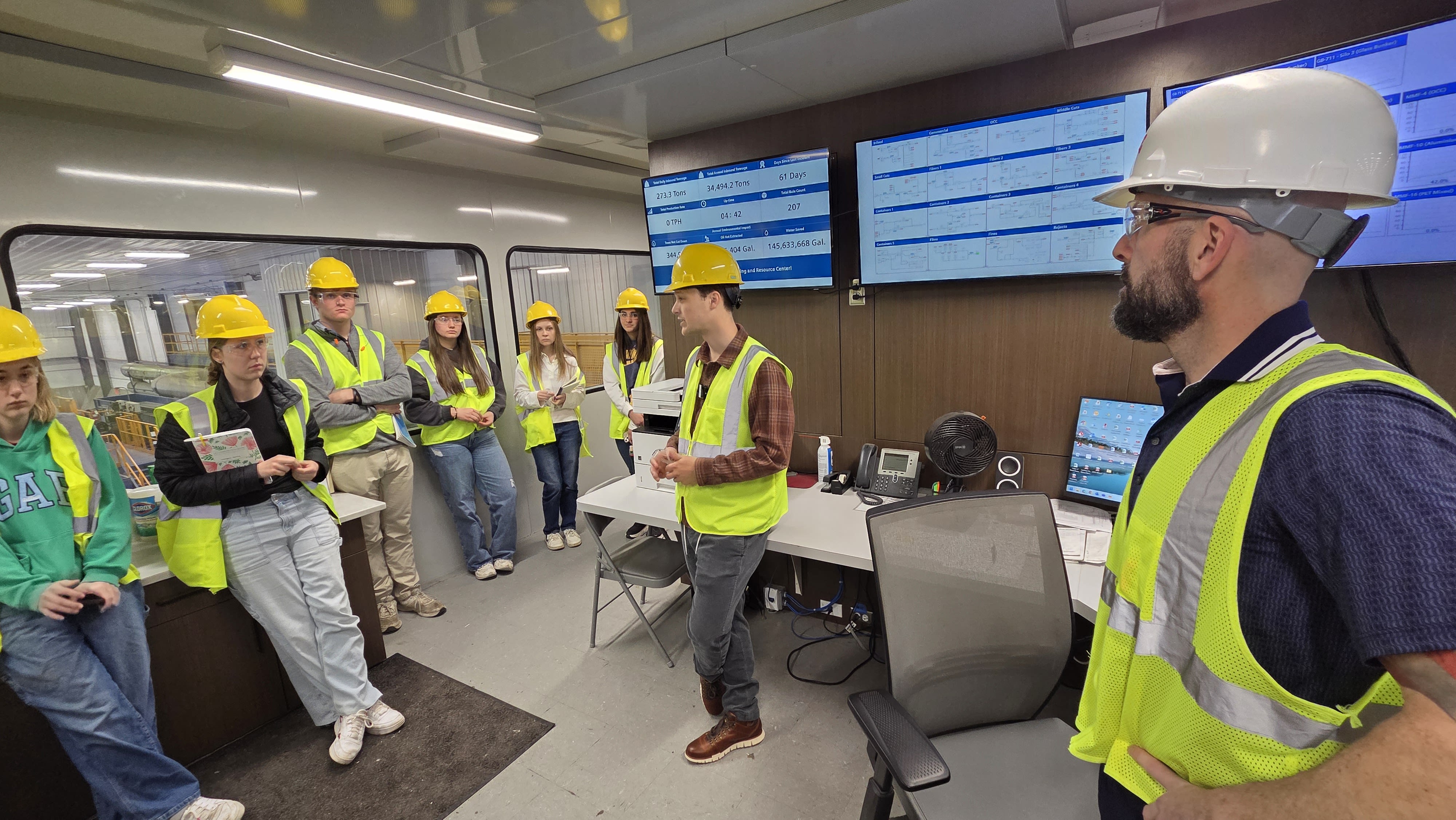
When our reporting group met later to process our visit to the Rumpke facility, we had a strange feeling, something we rarely felt when reporting about plastics. We felt hopeful. Plastics were being recycled. This was a developing field.
But as with anything having to do with plastic, even this good news was tempered. We found a study, reported in the Guardian a couple years ago, that a state-of-the-art plastic recycling facility in Great Britain, the kind that grinds and pelletizes plastic, converted 13% of that plastic to microplastics.
A spoon ful of microplastics. This much and more is believed to exist in adult human brains. Photo by Doug Swift.
A spoon ful of microplastics. This much and more is believed to exist in adult human brains. Photo by Doug Swift.
See our previous story about the health risks microplastics pose.
Maybe this is just another problem to solve.
Or maybe something else Miller told us, as we all huddled in the quiet of the control room, sums up the story.
"There's definitely a big problem [with waste]," he said. "Consumerism is driving it. I've studied the problem for eight years. Where I'm at with it is until the burden is shifted to the producer, nothing's going to happen.
“If you look at the psychology of convincing everyone that it's our problem to recycle, it's shifting the burden onto the consumer. Which is great, but Coca Cola is laughing.”
